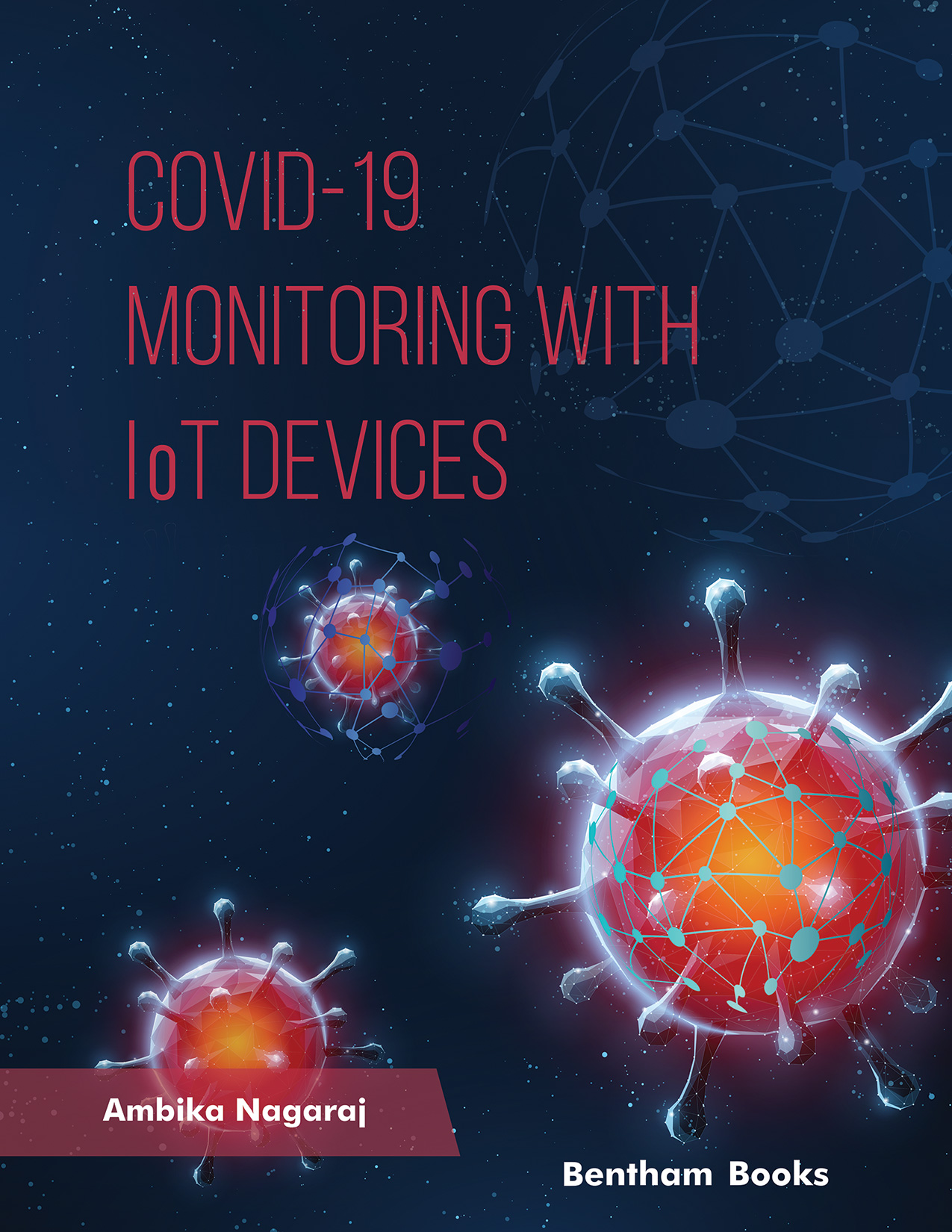Introduction
In the battle against the COVID-19 pandemic, the integration of Internet of Things (IoT) technologies has played a pivotal role in reshaping public health and healthcare delivery. Interconnected devices have demonstrated their capacity to collect, transmit, and analyze data, significantly impacting various aspects of pandemic management.
COVID-19 – Monitoring with IoT Devices
is a comprehensive guide to measuring the impact of COVID-19 infection and monitoring outbreak metrics. Beginning with an introduction to SARS-CoV-2 and its symptoms, the book presents chapters on machine learning (supervised and unsupervised algorithms) and techniques to predict COVID-19 outcomes. The book concludes with the role of IoT technology in detecting COVID-19 infections within a community, showcasing different computing models applicable to specific use-cases.
Key Features:
- - Explores the pivotal role of IoT technology in the fight against the COVID-19 pandemic.
- - Covers a data-driven approach to COVID-19 monitoring by explaining methods for data collection, prediction, and analysis.
- - Includes specific recommendations for machine learning algorithms designed for COVID-19 monitoring.
- - Easy-to-read structured chapters suitable for novices in computer science and biomedical engineering.
COVID-19 – Monitoring with IoT Devices
provides a valuable resource for understanding the role of IoT technology in managing and mitigating the impact of COVID-19, and developing adequate infection control policies. It also showcases the potential of IoT for future research and applications in the healthcare sector. This book is intended for a diverse readership, including academicians, industry professionals, researchers, and healthcare practitioners.
Readership:
Academicians; Industrialists; researchers, healthcare professionals.

